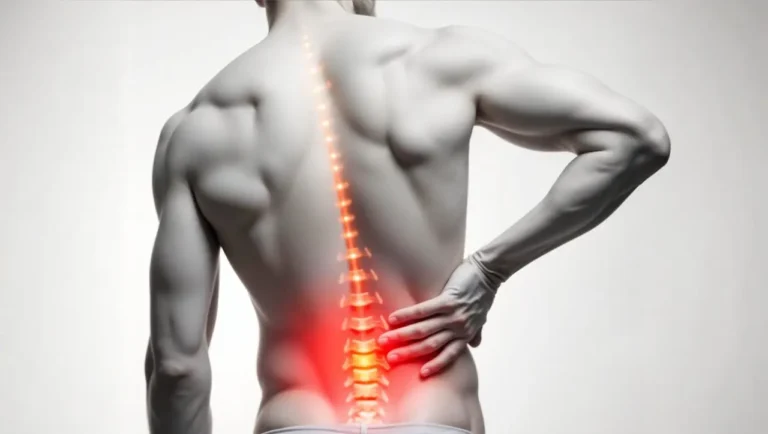Preparing for procedures like total hip replacement, total knee replacement, and lower back surgery involves understanding specific precautions, occupational therapy techniques, and adaptive equipment use to prevent complications. Let’s delve into each procedure to help NBCOT® exam prep students gain a comprehensive grasp of necessary adaptations and therapeutic approaches.
Total Knee Replacement Precautions
After a total knee replacement, patients must follow specific precautions to ensure proper healing and prevent injury:
- Avoid squatting.
- Avoid kneeling on the affected knee.
- Avoid pivoting or twisting the affected knee.
- Keep the knee flat when lying in bed.
- A knee immobilizer may be necessary as per the surgeon’s orders.
Adaptive Equipment for Total Knee Replacement
Adaptive equipment can significantly aid recovery and independence:
- Walker or wheelchair for initial mobility.
- Raised toilet seat for safety in the bathroom.
- Grab bars in the shower, coupled with a shower chair for stability.
- Long-handled sponge to avoid bending.
- Reacher to grasp items without straining.
- Sock aide for ease in dressing.
- Long handled shoe horn to assist with footwear.
Remember, practice using this equipment regularly to enhance your proficiency, just as advocated in task-oriented group activities.
Anterior Hip Replacement Precautions
The anterior approach to hip replacement often results in a shorter recovery time. Key precautions include:
- Avoid extension of the hip backward.
- Prevent external rotation of the hip.
- Maintain hip in adduction position.
Can you identify scenarios where different approaches require variations in therapeutic interventions?
Total Knee Arthroplasty Precautions
Managing the post-operative period effectively requires adherence to established procedures:
- Understand and educate on the importance of rehabilitation exercises.
- Implement gait training techniques safely using adaptive devices.
- Facilitate progressive resistance exercises that focus on enhancing knee stability.
Lower Back Surgery Precautions
Following lower back surgery, these precautions play a critical role:
- Avoid bending at the waist.
- Refrain from lifting heavy objects; get help if needed.
- Avoid twisting at the waist and implement body mechanics to support healing.
NBCOT® Exam Strategies for Adaptive Equipment Knowledge
Effective strategies to consolidate your understanding include:
- Regularly review adaptive equipment functions and uses.
- Apply knowledge through simulated patient care activities.
- Engage in peer discussions to broaden context understanding.
Want detailed practice tips to ace the NBCOT exam? Join now for full access!
What precautions should I follow after a total knee replacement?
After a total knee replacement, patients should avoid squatting, kneeling on the affected knee, and pivoting or twisting the knee. It’s important to keep the knee flat while lying in bed and use a knee immobilizer if advised by the surgeon.
What adaptive equipment can aid in recovery from a total knee replacement?
Adaptive equipment like a walker or wheelchair, raised toilet seat, shower chair, long-handled sponge, reacher, sock aid, and long-handled shoe horn can significantly aid in recovery and enhance independence after a total knee replacement.
What are the key precautions for an anterior hip replacement?
For an anterior hip replacement, avoid extending the hip backward, prevent external rotation, and maintain the hip in an adduction position to ensure a smooth recovery.
What are effective strategies for understanding adaptive equipment in the NBCOT exam?
Effective strategies include regularly reviewing the functions and uses of adaptive equipment, applying knowledge through simulated patient care activities, and engaging in peer discussions to deepen understanding.
What precautions should be taken after lower back surgery?
Following lower back surgery, it’s crucial to avoid bending at the waist, refrain from lifting heavy objects without assistance, and avoid twisting at the waist, incorporating proper body mechanics to support the healing process.



